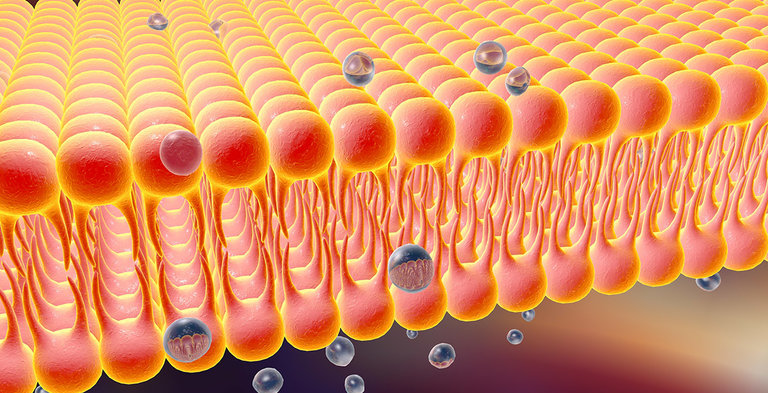Alice Denis, Catherine Bulcourt, Juliette Ben Arous, Alicia. Roso
2019, 5th Skin and Formulation Symposium
The interest of topical applications of Active Pharmaceutical Ingredients (API) is well known to achieve direct local therapeutic action and avoid adverse systemic effects.
However, it is always a challenge to reach a good compromise between perfect stability of API in its formulated vehicle and optimum bioavailability after application. Innovative rheology modifiers were developed to achieve more versatile structures, able to thicken and efficiently stabilize APIs in a wide pH range and withstand high concentrations of solvents and oils. These rheology modifiers are especially able to stabilize APIs and oils using a cold procedure, even without surfactant addition (cream gel vehicle). The aim of this study was to assess the influence of these rheology modifiers on the percutaneous penetration of diclofenac sodium in different types of vehicle (aqueous or oil continuous phase). As a model drug, widely used for its analgesic and anti-inflammatory properties [1], diclofenac sodium was formulated in emulsions, gels, cream gels and the patented technology GeltrapTM. Skin penetration was carried out using Franz cells to compare formulation type and composition, benchmarks were also evaluated in the same conditions. Moreover, the influence of some penetration enhancers was considered, alone or in combination, at different amounts. Drug permeation was studied using dermatomed human skin from plastic surgery according to the OECD guidance 428 “skin absorption: in vitro method”. 30 mg of each formulation was applied on the skin surface without rubbing and replicated twice. Diclofenac sodium concentration in the receptor compartment was measured 24 hours after application.
Globally, formulation type appeared as a driving parameter to control skin penetration: gel< cream-gel ≌ GeltrapTM < emulsion. The innovative polymers did not affect the penetration of diclofenac sodium, irrespective of the formulation type nor of their use levels. For instance, in emulsion, results are similar with polymers at different doses (0,5 to 2%) or without polymers at all. This can be considered as a great advantage for the formulator who is able to choose the most suitable viscosity and texture without impact on the drug delivery.
[1] E Escribano, A C Calpena, J Queralt, R Obach, J Domenech, Assessment of diclofenac permeation with different formulations: anti-inflammatory study of a selected formula, Eur J Pharm Sci, 19, 203–210 (2003)
Seppic, Paris La Défense - 50 boulevard National - CS 90020 - 92257 La Garenne Colombes Cedex - France

